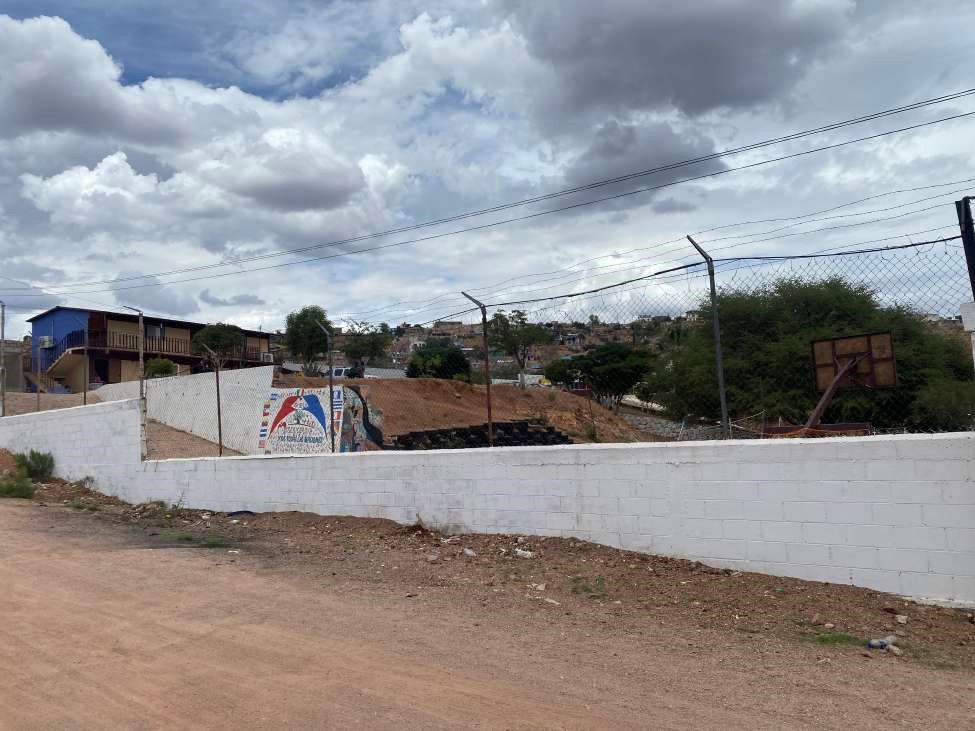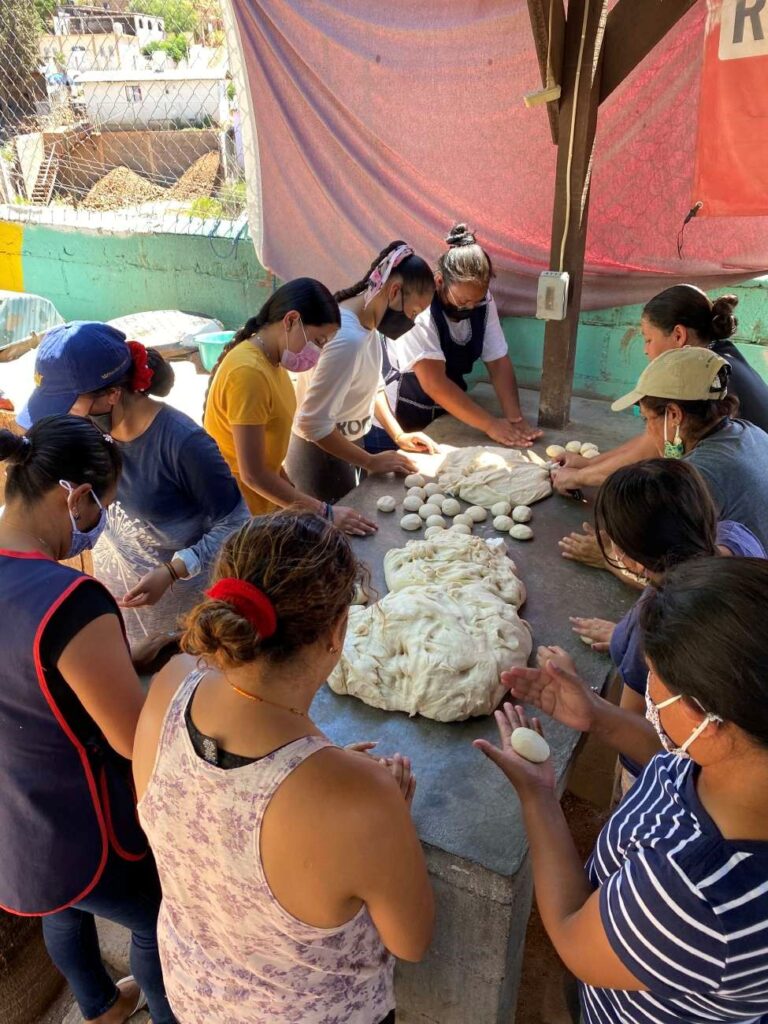Jorge Choy-Gómez 2022 Field Report
Humanitarian Violence: Care and Bureaucracy for Central American Migrants and Refugees in Mexico
Abstract
In 2011, the Mexican government created relatively unknown detention centers throughout the country, specially designed for unaccompanied children migrants and asylum seekers. Despite the critical importance of the physical and discursive operations of these detention centers, there is an under-examination of the role of those who operate them, especially since they are the direct executors of immigration policy on the ground. My research focuses on public officials who work in these detention centers and examine who are these public agents and how they materialize immigration policies on an everyday basis. I explore how their enactments are framed by state practices of care and transnational and local human rights discourses, in a context of immigration control policies and its inherent bureaucracy, in the southern and norther border of Mexico.
Key words: Detention Centers, Bureaucracy, Immigration, Asylum, Borders
To complement the fieldwork I began in the summer of 2020 in the midst of the covid-19 pandemic, the CLAG Field Study Grant allowed me to return this past summer to Ciudad Juarez and Nogales, on the MX-US border. As an essential part of my research lies in the ethnographic observation of detention spaces for unaccompanied children, and having the covid-19 health emergency almost totally restricted access to the spaces planned for my research, it was imperative to return to these cities to collect as much data as possible.
In Ciudad Juarez, I had the opportunity to conduct interviews with staff at shelters for unaccompanied migrant children, as well as with other key stakeholders, such as non-governmental organizations and academics. This city has become one of the busiest destinations for Central American, Caribbean, South American and even African immigrants in recent years, as it has a better material infrastructure than most cities on Mexico’s northern border. However, until the arrival of the migrant caravans in 2018 this was not a city that stood out in the immigration landscape in Mexico. From this phenomenon, a network of non-governmental organizations, including many shelters, emerged to attend to this phenomenon. Along with this, various state institutions previously dedicated to the care of Mexican returnee children – the population of greatest attention in this part of the border – have turned their resources and efforts to the care of unaccompanied migrant and asylum-seeking children.
One of the main goals of my research in Ciudad Juarez was to conduct participant observation in the state-run shelters (detention centers) for unaccompanied children and to conduct interviews with staff. To carry out these activities, I used participatory methodologies that focused on the day-to-day dynamics of these shelters. During a participatory workshop on shelter decision-making protocols, two main learnings about the logic of these detention centers were illustrated: 1) despite the detailed institutional decision-making guidelines in these shelters, fundamental actions regarding the care of unaccompanied children and their migration and potentially asylum cases still fall under the subjective decision making of the staff who live with them on a day-to-day basis. The age, gender, even race of both staff and children is central to this decision making, despite the theoretically neutral nature of the protocols. At the same time, 2) the sudden institutional decision to serve immigrant and asylum-seeking populations, in addition to continuing to serve Mexican children deported from the U.S., prevents shelters from differentiating care, including all children in the same category of need, automatically converting them into mere bureaucratic data necessary to meet institutional demand. This sudden decision, motivated by the emergency and massive arrival of immigrants and asylum seekers in Ciudad Juarez – among other things, due to the implementation of the MPP and Title 42 – reflects the almost sudden evolution of these shelters, which are part of a larger institutional social assistance network created in the 1970s but which has poured much of its resources into immigration control.

My trip to Nogales helped me to broaden the scope of my fieldwork, as I volunteered at the Hogar de la Paz (pseudonym) non-governmental shelter, where I expanded my perspective to the urgent situation of hundreds of immigrants and Mexicans displaced and stranded at Mexico’s northern border due to restrictive US policies, which enriches and widens the impact of my research.
While volunteering there, I learned about a little-advertised program that somehow progresses almost clandestinely: Title 42[1]exceptions. Nearly 100% of the people who enter this shelter end up crossing the border for the opportunity to apply for asylum. For many, getting into this program and being allowed to leave the country is a matter of life and death. Taking a look at the shelter, which has clearly been
worked on and expanded, I realized that it is actually located in a dangerous part of Nogales, on the side of a hill.
The title 42 exceptions initially went from April thru July 2021, abruptly stopped, and then started in April 2022 and no one knows if it could be once again stopped this July 2022 (latest reports indicate that implementation of Title 42 will cease in December 2022). This creates a sense of urgency because at any time the pipeline could once again be turned off with no notice. From other sources, this little-known program was a result of an ACLU lawsuit and quiet behind the scenes negotiations between the legal NGOs and the Biden administration to allow a small weekly quota of the most vulnerable asylum seekers (women, children, single mothers, people with medical issues, people fleeing government persecution and violence, etc.). The way this shelter has managed to become one of two pipelines to entry into the US is through working with a legal NGO on the other side of the border, based in Tucson.
My experience in Nogales enabled me to observe the communicating threads between the logics of detention of migrant and asylum-seeking children and Title 42 exceptions: both are strategies intended to deter people from exercising their right to mobility and seeking international protection. By using spectacular restrictive measures such as detention and clandestine ones such as Title 42 exceptions, governments span the public and private spheres, both enforcement and humanitarian, to restrict and manage mobility.
The CLAG Field Study Grant allowed me to understand more deeply the geopolitical connections that reside in everyday spaces and that are in the hands of unnoticed and little explored subjects, which has undoubtedly been of great importance to my research and for which I am extremely grateful.
Please see the full report for more details.


[1] Health code restriction that prevents asylum seekers from exercising this right on U.S. territory by de facto confining them to the Mexican side of the border.


















